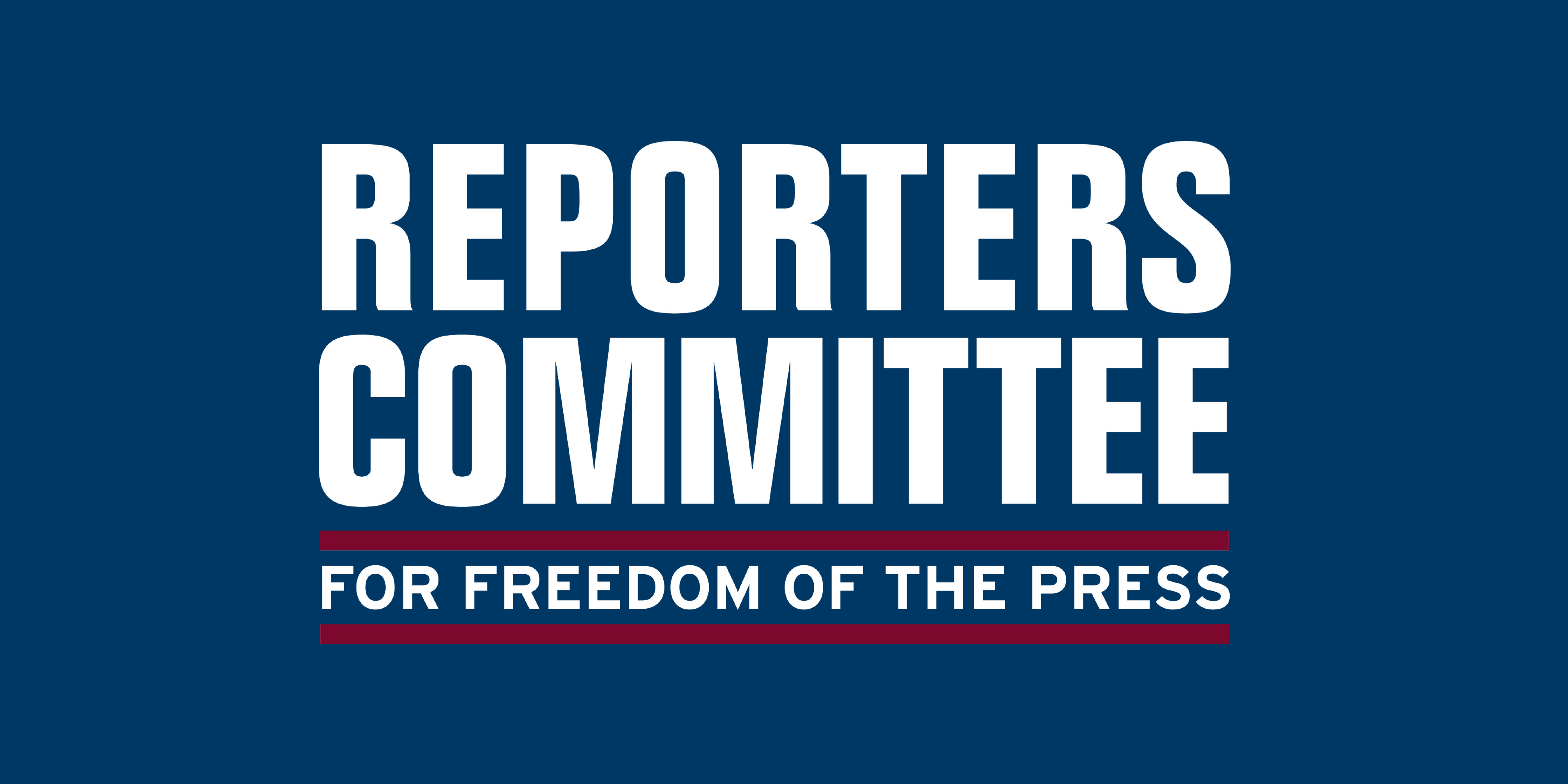Reporters Committee analyzes the state of U.S. press freedom in 2022

The Reporters Committee for Freedom of the Press recently published a four-part newsletter series analyzing 2022 data from the U.S. Press Freedom Tracker.
The series, which launched on World Press Freedom Day, highlights some of the most egregious press freedom violations from last year, including the murder of Las Vegas Review-Journal reporter Jeff German, and explores notable trends gleaned from the Tracker’s data.
As a member of the Tracker’s advisory board, the Reporters Committee has analyzed press freedom violations documented by the Tracker team since 2017. For several years, we published detailed annual reports reviewing incidents confirmed by Tracker researchers and connecting them with the Reporters Committee’s broader body of legal work. (Read reports from 2017, 2018, 2019, and 2020 on our website.) Last year, we shifted from the report format to a newsletter series focusing on some of the biggest takeaways from the previous year’s data.
In case you missed the latest series, below are summaries of and links to all four installments.
Part 1: Threats to press freedom in the U.S. persist, despite low numbers in 2022
In the series opener, Reporters Committee Editorial Manager Chris Young discusses the welcome decrease in press freedom violations in 2022, while cautioning that “there’s still cause for concern about the state of press freedom in the United States, even if the numbers have improved.”
Part 2: Court-ordered prior restraints test judicial system’s built-in checks
In the second installment, Reporters Committee Legal Fellow Emily Hockett focuses on several incidents in which courts issued prior restraints that prevented journalists from reporting on matters of public interest — incidents that “underscore the need for broad access to judicial records, as guaranteed by the First Amendment and the common law.”
Part 3: Arrests of journalists continued their decline in 2022, but 2020 still casts a shadow
In the third installment, Reporters Committee Staff Attorney Grayson Clary highlights the long-lasting effects of the press freedom violations that happened in 2020, a year during which journalists faced a record number of attacks and arrests. “In important respects,” he writes, “the story of 2020’s impact on press freedom was still being written last year, as pending prosecutions, unresolved litigation, and ongoing reform efforts continued to work their way through the legal system.”
In the fourth and final installment, Young explores the Justice Department’s decision last year to strengthen federal protections for journalists and the ultimately failed effort in Congress to pass a federal shield bill. “It’s hard to overstate the significance of the Justice Department’s revised news media guidelines,” he writes. “What would be even better, though, is a strong and sturdy federal law, one that ensures such protections cannot be changed under a new administration.”
For readers interested in learning more about press freedom violations, we recommend visiting the Tracker’s website and spending some time searching its database. The Tracker team’s many blog posts also help contextualize the numbers.